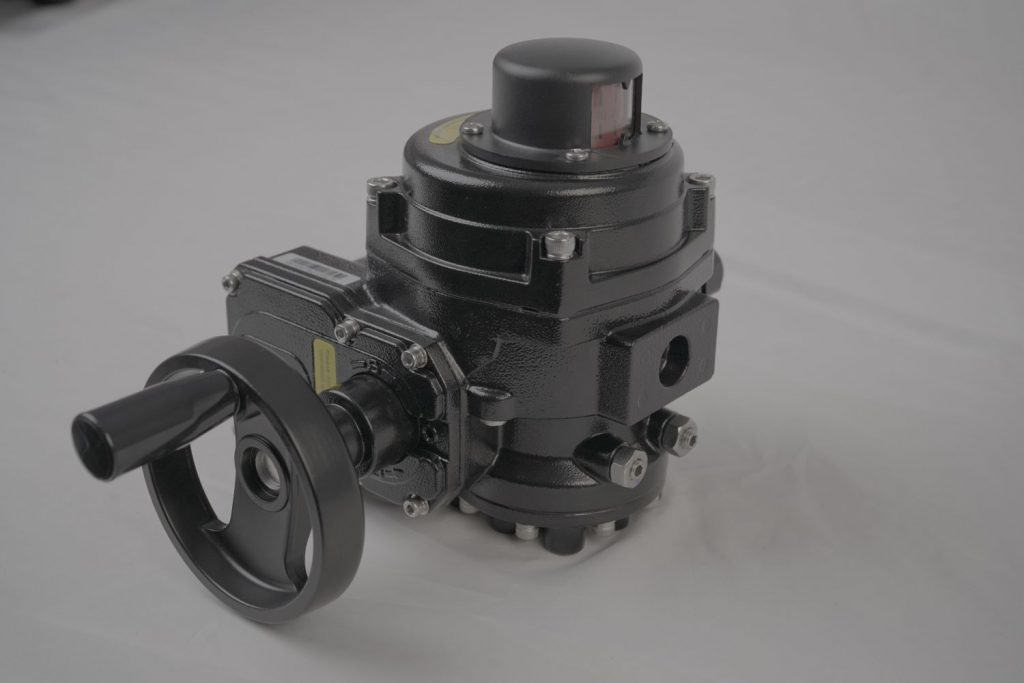As the world shifts towards sustainable energy solutions, the development of technologies that can enhance energy efficiency and storage has become a priority. Among these, hydrogen energy and lithium batteries have gained significant attention. While hydrogen energy is touted as a potential solution for reducing greenhouse gas emissions, lithium batteries continue to be the backbone of modern energy storage. A key component emerging at the intersection of these technologies is the hydrogen energy lithium battery valve, which plays a crucial role in optimizing their performance and safety. This article delves into the importance of this valve and its impact on the energy industry.

Understanding the Role of Hydrogen Energy

Hydrogen energy has long been recognized as one of the cleanest energy sources available. When used in fuel cells, hydrogen reacts with oxygen to produce electricity, with water vapor as the only by-product. This reaction eliminates harmful emissions, making it a highly attractive option for powering vehicles, homes, and industrial applications. However, the adoption of hydrogen energy has been hampered by challenges related to storage and transport. Hydrogen, being the smallest and lightest molecule, is difficult to contain at high pressures or in liquid form. Specialized valves and safety mechanisms are required to prevent leaks and ensure the secure handling of hydrogen gas. This is where the hydrogen energy lithium battery valve becomes vital.

Leave a Reply